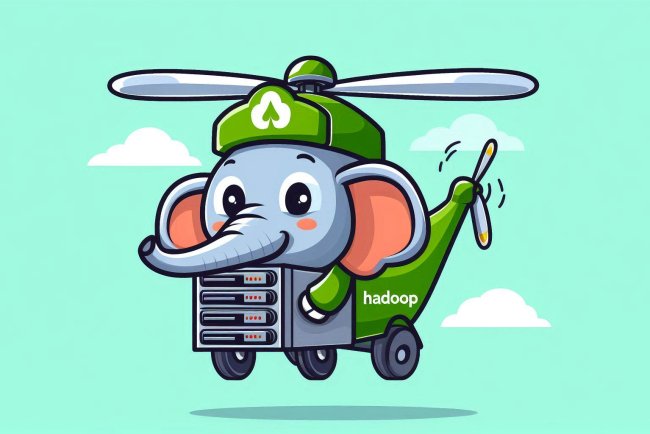Backend Development
Discover the ins and outs of backend development, from databases to server-side scripting. Learn how to build efficient and secure web applications.

Backend Development
Backend development refers to the server-side of web development where the focus is on building and maintaining the technology that powers the front-end of a website or web application. This includes server, database, and application logic.
Skills Required for Backend Development
Backend developers need to have a strong understanding of programming languages, databases, server architecture, and security protocols. Some of the key skills required for backend development include:
- Proficiency in programming languages such as Python, Java, Ruby, PHP, or Node.js
- Experience with database management systems like MySQL, PostgreSQL, MongoDB, or Oracle
- Knowledge of server-side frameworks such as Django, Spring, Ruby on Rails, Laravel, or Express.js
- Understanding of RESTful APIs and web services
- Version control using tools like Git
- Understanding of cloud computing platforms like AWS, Azure, or Google Cloud
- Knowledge of security best practices and data protection
Responsibilities of a Backend Developer
Backend developers play a crucial role in the development of web applications and are responsible for:
- Writing server-side code to build robust and scalable web applications
- Creating and managing databases to store and retrieve data efficiently
- Developing APIs to facilitate communication between the front-end and back-end systems
- Implementing security measures to protect data and prevent unauthorized access
- Optimizing the performance of web applications by fine-tuning server and database configurations
- Collaborating with front-end developers, designers, and other team members to ensure seamless integration of components
Tools and Technologies Used in Backend Development
Backend developers use a variety of tools and technologies to build and maintain web applications. Some of the common tools and technologies used in backend development include:
- Integrated Development Environments (IDEs) like Visual Studio Code, IntelliJ IDEA, or Eclipse
- Database management tools such as MySQL Workbench, pgAdmin, or MongoDB Compass
- Version control systems like Git and GitHub for code collaboration and management
- API development tools like Postman or Insomnia for testing and debugging APIs
- Containerization tools like Docker for packaging and deploying applications
- Monitoring and logging tools such as New Relic, Splunk, or ELK stack for tracking application performance
Backend Development Frameworks
Backend developers often use frameworks to streamline the development process and leverage pre-built components and libraries. Some popular backend development frameworks include:
- Node.js: A JavaScript runtime built on Chrome's V8 engine that allows developers to build scalable network applications.
- Django: A high-level Python web framework that promotes rapid development and clean, pragmatic design.
- Spring: An application framework for Java that provides comprehensive infrastructure support for developing Java applications.
- Ruby on Rails: A web application framework written in Ruby that follows the principles of Convention over Configuration.
- Laravel: A PHP framework that offers elegant syntax and a robust set of tools for web application development.
Challenges in Backend Development
Backend development comes with its own set of challenges that developers may encounter during the development process. Some common challenges include:
- Scaling: Ensuring that the backend infrastructure can handle increased traffic and data volume as the application grows.
- Performance: Optimizing the speed and efficiency of database queries and server-side code to deliver a seamless user experience.
- Security: Implementing robust security measures to protect sensitive data from cyber threats and unauthorized access.
- Maintenance: Regularly updating and maintaining backend systems to ensure they remain secure and up-to-date with the latest technologies.
What's Your Reaction?
















